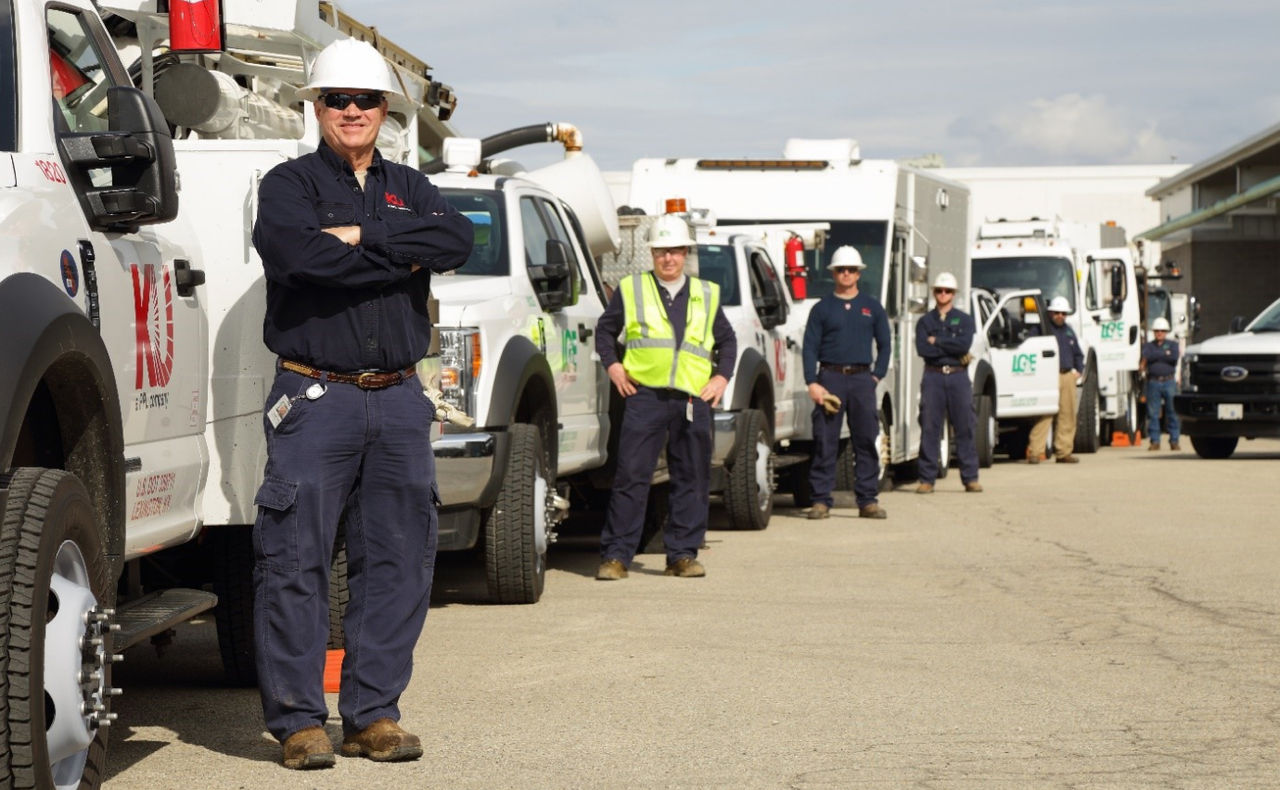Louisville Gas and Electric Company and Kentucky Utilities Company (LG&E and KU) serve over 1.3 million gas and electric customers across Kentucky and Virginia. LG&E and KU rank high in customer satisfaction and operational efficiency. To continue this tradition, LG&E and KU have been investing in geographic information system (GIS) technology and smart design to create more efficient workflows that will power their mobile computing initiatives.
Challenge
LG&E and KU’s legacy GIS had been hampered by incomplete and sometimes inaccurate data for many years. This impacted their ability to efficiently create the designs and associated network improvements that are necessary to address customer needs in their rapidly growing service territory.
As part of their continuous drive to improve, LG&E and KU also needed better information to take to the field to support advanced mobile applications. This high-quality data would also be critical to support next-generation applications used to manage their smart grid of networked infrastructure. Because the utilities have many designers accessing GIS data daily, it was necessary to change the process while minimizing disruption to the business.
Partner
Spatial Business Systems (SBS), an Esri partner, has been a longtime provider of GIS and smart design solutions to LG&E and KU. SBS’s Automated Utility Design™ (AUD) software has been productively used for many years at LG&E and KU for distribution design. When it became time to add an improved geospatial dimension to this system, LG&E and KU reached out to SBS to assist in integrating Esri’s GIS utility solution.
Solution
LG&E and KU replaced their existing GE Smallworld GIS with Esri ArcGIS Utility Network. As established users of AUD integrated with Smallworld GIS, designers now needed to access improved data from their Esri system. SBS Utility DataHub™ (UDH) was efficiently reconfigured, leveraging the ArcGIS service-based architecture to perform seamless access without custom coding or disrupting design workflows.
LG&E and KU took advantage of Esri’s ability to provide rich basemap data and networked infrastructure to enable users access to significantly more accurate information and efficient design tools. The robust search functionality of ArcGIS also empowers LG&E and KU to provide this data to personnel in the field to support better construction processes.
LG&E and KU’s crew ready to begin the day
Results
Users have been able to continue their critical daily business functions of providing network enhancements to the LG&E and KU community without impacting productivity or incurring costly change management. They now have more comprehensive data including information-rich basemaps and a utility network model that allows them to perform trace activities and other network-related functions. All these capabilities will continue to improve their design business workflows, leveraging the power of ArcGIS and Utility Network. The end users appreciate having access to better data because it produces higher-quality designs and reduces time spent researching information. Most importantly, LG&E and KU can now leverage Esri’s GIS for its powerful field applications as well, such as ArcGIS Survey123.
“With the support of Esri, a world leader in GIS technology, we were able to break this large-scale project down into manageable pieces with a phased approach,” said Dean Snyder, acting director of IT development and support for LG&E and KU. “There’s no question the pandemic impacted this particular phase of the project that began in January 2020, but the entire project team, including employees from our IT and operations areas, rallied to adapt and push through the challenges. Working closely with each line of business, I’m confident the product we delivered will provide enhancements in our ability to integrate and analyze data [and] manage certain work processes, and it will offer benefits for years to come.”






